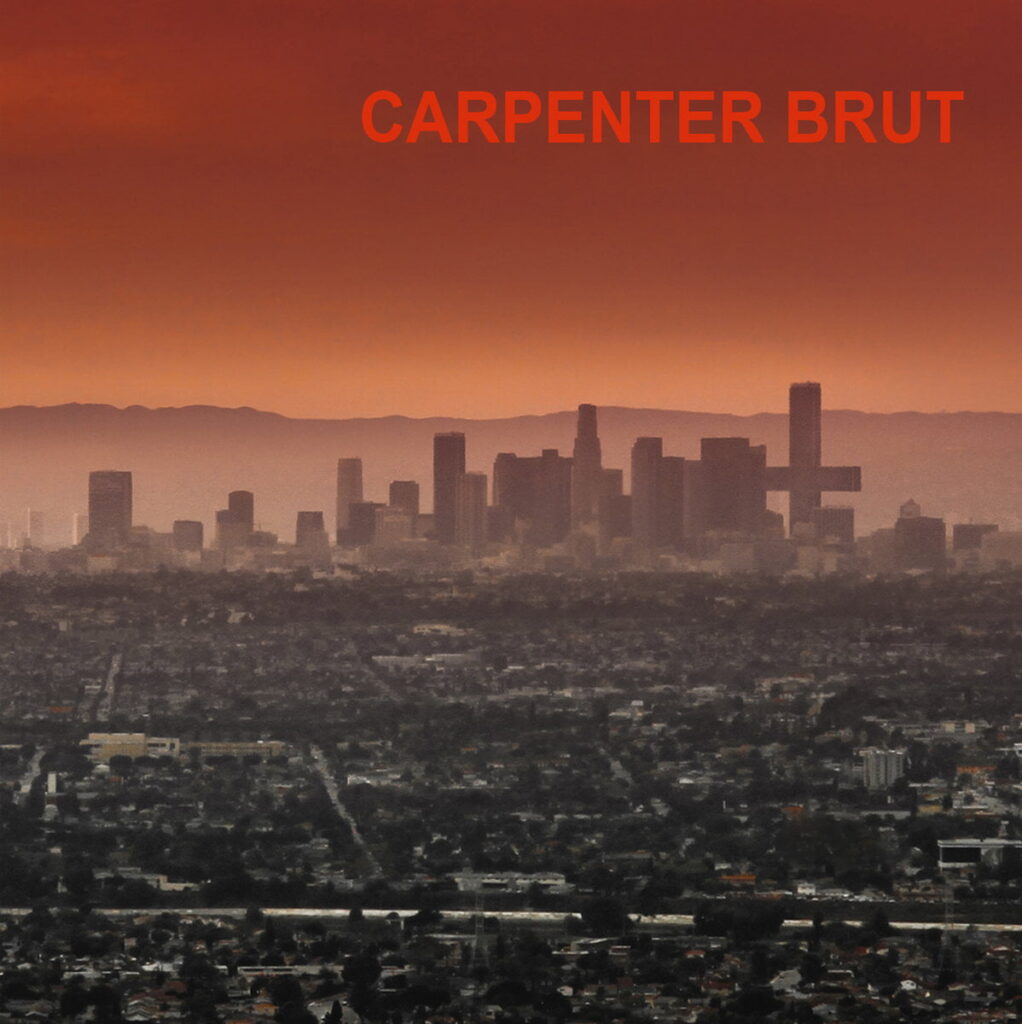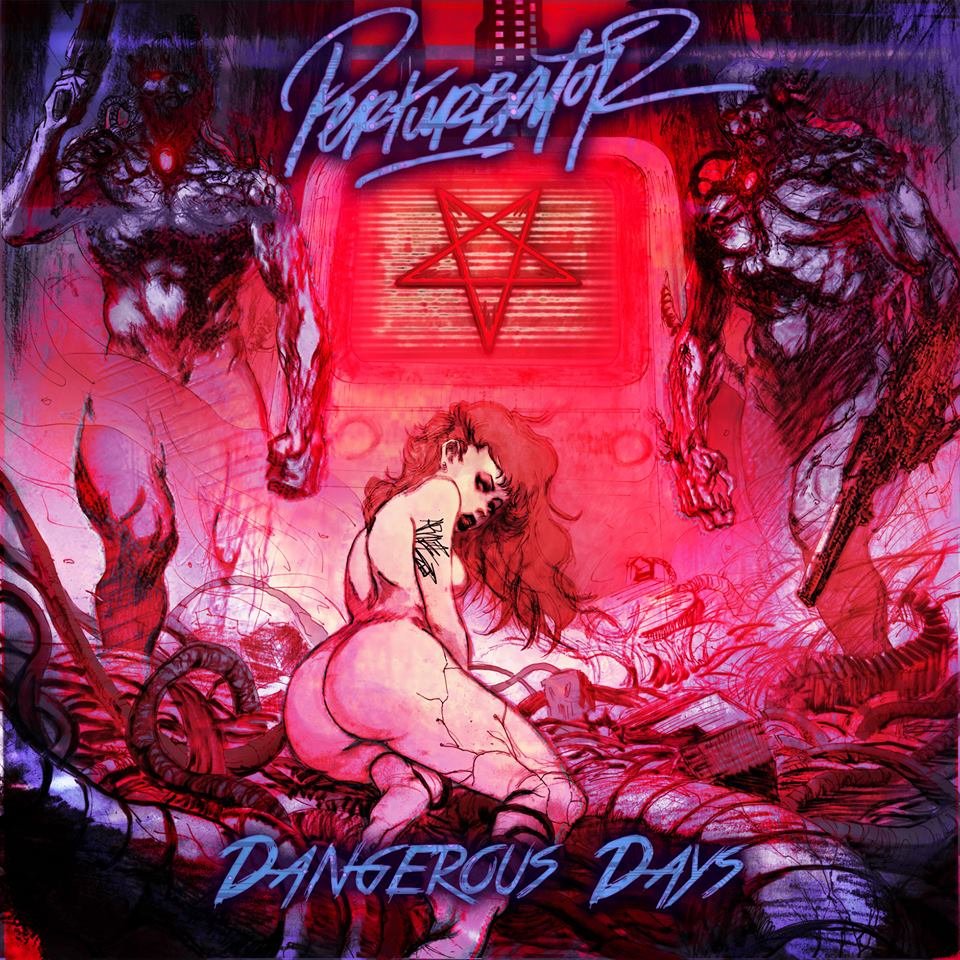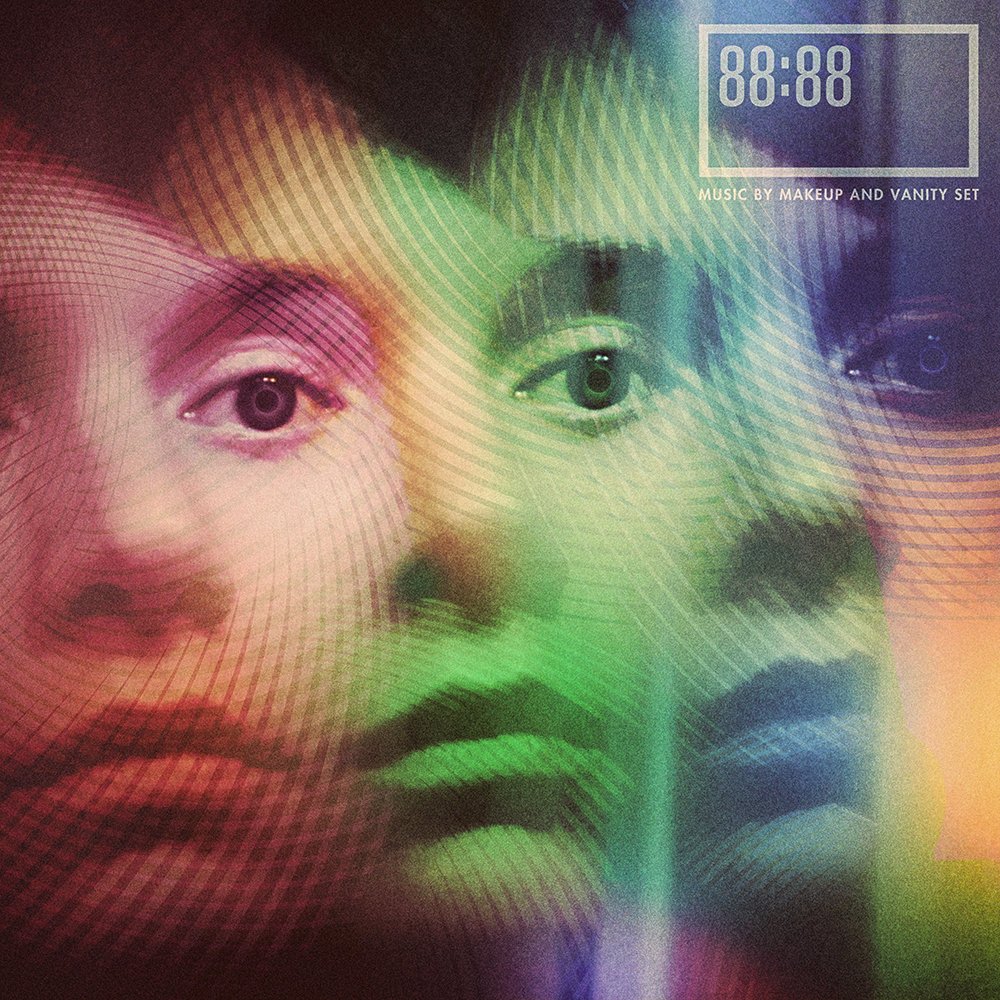As an indie synthwave producer, this genre never fails to take me back to my childhood days when I was obsessed with 80s sci-fi and NES games. There’s something magical about the dreamy, glowing synths that transport me to a future that never was but I wish existed.
Synthwave ties my heartstrings to a simpler time, stirring something nostalgic yet longing. The beats ignite my imagination with visions of neon-lit streets, mirrored skyscrapers, and swordfished cars zooming along the freeways of tomorrow.
When crafting my synthwave tracks, I close my eyes and picture gliding along a futuristic highway, cruise control on, synth riffs drifting through the open window as the sun sets in a blaze of pinks and oranges ahead. There’s an ache in the melody, a bittersweet yearning for a past just out of reach yet vividly captured in these synth sounds.
While other modern genres come and go, synthwave satisfies my soul’s most profound craving: to travel to the future, if only for the duration of a song. It allows me to recapture the wonder I thought was lost and envision possibilities beyond the horizon.
As both listener and creator of this hyper-nostalgic music, synthwave continually renews my passion for electronic music and the power of a good beat and evocative melody to make me feel alive. The retro aesthetics may be a guise, but the emotions synthwave elicits are eternally timeless.
That’s why I’ll always love synthwave - for allowing me to experience the future my younger self dreamed of, even for a moment. This article is a homage to synthwave.
The Rise of Retrowave
Synthwave can be traced back to the mid-2000s when electronic musicians started experimenting with emulating the 1980s sound. French musician Kavinsky is widely credited with helping to define and popularize the synthwave movement with his 2007 debut album “Nightcall.”
As synths and drum machines became more accessible, more artists began creating music with a similar retro style but with a modern twist. The first synthwave compilation albums emerged around 2010, and by 2013, several synthwave record labels had formed.
The growth of sites like YouTube, Soundcloud, and Bandcamp helped expose synthwave to a wider audience. Pop culture references to the 1980s also contributed to the growing interest in synthwave.
The genre continued evolving from its early emulation of 1980s soundtracks to developing its own distinct identity while paying homage to the era that inspired it. Artists began experimenting with different synthwave subgenres like dark synth, dub-wave, and retro-wave.
Key Elements of Synthwave
Synthesizers: Synthwave heavily relies on the sounds of analog synthesizers from the 1980s, especially the Yamaha DX7 and Roland Juno-106.These synthesizers are often used to create dreamy synth pads, and stabbing leads, and bubbling basslines.
Drum Machines: The Roland TR-808 and TR-909 drum machines are ubiquitous in synthwave due to their prominence in 1980s pop music. Their distinctive kicks, snares, and hi-hats provide the heartbeat of many synthwave tracks.
Sampling: Early synthwave often incorporated samples from 1980s film and video game soundtracks. While direct sampling is less common now, the genre still has a sample-based aesthetic.
Futuristic Themes: Many synthwave songs reference sci-fi and neon-drenched 1980s fantasies through their lyrics, imagery, video clips, and album art. Themes of driving fast cars and partying in futuristic cities are also prevalent.
Melancholy Vibe: Despite often having an uptempo beat, many synthwave tracks have a tinge of sadness or nostalgia. This melancholy atmosphere gives the music a dreamlike and cinematic quality.
Retro Flair: While synthwave is a modern genre, it deliberately mimics the aesthetics and production techniques of 1980s music to invoke a retro feeling. Elements like arpeggiated synth lines, reverb-heavy guitars, and lo-fi effects help achieve this vintage vibe.
Popular Synthwave Artists
Kavinsky: French musician Kavinsky is widely credited with helping to popularize the genre in the late 2000s.His hugely influential debut album ‘Outrun’ features synth-drenched tracks with an unmistakable 1980s vibe.
Carpenter Brut: French electronic artist Carpenter Brut creates dark synth and electro-inspired music with a thrash metal edge. His tracks have appeared in the video games Hotline Miami 2’ and ‘Far Cry 3: Blood Dragon’.

Pertubator: Another French artist, Pertubator, creates dark synthwave tracks inspired by cyberpunk and horror movies. He is known for blending synthesizers with elements of metal, Neurofunk, drum N bass, and techno.
FM-84: British synthwave duo FM-84 creates uplifting synthpop-influenced synthwave with vibrant melodies and retro synthesizer sounds. Their sound has been described as “John Hughes meets Ridley Scott.”
Waveshaper: Swedish synthwave musician Waveshaper combines sci-fi themes with an electronic dance music sensibility. His tracks feature catchy hooks, big synth sounds, and imaginative album art.
Gunship: British synthwave band Gunship combines elements of synthpop, new wave, and arena rock to create epic synthwave anthems. Their music features expansive synth sounds, crunchy guitar riffs, and soaring choruses.
Subgenres of Synthwave
Darksynth: A darker and harder-edged subgenre inspired by horror films,sci-fi noir and cyberpunk. Features thick basslines, grinding beats, and minor key melodies. Carpenter Brut and Perturbator are well-known dark synth artists.

Retrowave: The most true-to-the-1980s subgenre, featuring synth sounds, drums, and aesthetics emulating that era. Kavinsky, Laserhawk, and Miami Nights 1984 are retro wave pioneers.
Dubwave: Combines synthwave with dub, reggae, and dancehall elements. Features slowed-down tempos,delay-heavy synths, and bass-driven drops. Artists include Neon Indian, College, and I have called my lovers cold fish.
Outrun: Focuses on evoking the sensation of driving fast cars at dusk and night. Inspired by ‘outrun’ arcade games of the 1980s. Features soaring melodies,reverb-laden guitar riffs, and screamed vocals.
Newretrowave: A more upbeat and melodic subgenre incorporating modern pop production values.Artists like FM-84, Waveshaper, and M|O|O|N have paved the way.
Cyberwave: Blends synthwave with elements of cyberpunk culture and aesthetics. Features gritty basslines, futuristic synth leads, and dystopian themes. Phutureprimitive and Italo-disco are cyber wave pioneers.
The Future of Synthwave
While synthwave originated as a nostalgic pastiche of 1980s sounds, it has evolved into a pioneering genre in its own right. The following factors will likely shape synth wave’s future:
Innovation: As synthwave matures, artists will continue experimenting and developing the genre’s sonic and thematic possibilities. We are already seeing subgenres emerge that incorporate different influences.
Technology: Synthesizer and music software advances will provide synthwave artists with new sounds and tools to craft imaginative music. However, the genre’s roots in analog synthesizers will likely remain integral to its identity.
Popularity: Synthwave has grown from a niche internet phenomenon into a mainstream genre with a large global fanbase. As the 1980s nostalgia trend continues, the synth wave’s popularity will likely increase further.
Live Performances: More synthwave artists are starting to perform live shows, incorporating visuals, costumes, and props to recreate the 1980s aesthetic. This will help synthwave develop its own distinctive live music culture.
Collaborations: As the synthwave community grows, we see more collaboration between artists from different subgenres and locations. This cross-pollination leads to new creative possibilities.
Spread to New Genres: Elements of synthwave sound are starting to influence other modern genres like indie pop, rap, and trap. This incorporation into broader musical trends will help keep synthwave fresh and relevant.
In summary, the synth wave’s future appears bright, blending nostalgia, innovation, and creativity equally. As long as artists continue pushing the genre forward while honoring its 1980 retro roots,synthwave will likely remain an exciting part of the electronic music landscape for years.
How to Get Into Synthwave
If you want to explore or even create synthwave music, here are some tips to get started:
Listen widely: Immerse yourself in synthwave by listening to as many classic and modern synthwave artists as possible. Consider common synthesizer sounds, drum patterns, moods, and themes.
Emulate the 1980s sound: Experiment with synthesizers and drum machines from the1980s to get a feel for their distinctive timbres. You can find plugins andVSTs that emulate analog gear. Start with simple pads, basslines, and arpeggios.
Focus on melody: Catchy melodies are hallmarks of synthwave. Spend time crafting hooky synth leads and arpeggios that stand out. Layer multiple synths for richness.
Create atmosphere: Use synth pads, reverb, delays, and other effects to generate a cinematic mood in your tracks. The atmosphere and nostalgia are as important as drums and melodies in synthwave.
Find inspiration: Draw on your favorite sci-fi movies, TV shows, video games, or musical genres from the1980s for thematic inspiration for your synthwave tracks.
Experiment with subgenres: Try creating music in different synthwave styles to find the one that suits you best. Start with a retro wave and experiment from there.
Collaborate: Reach out to other synthwave artists online through social media and forums. Collaborating can expose you to new ideas, inspire creativity and help build your network.
Practice, practice, practice: Like any genre, the more you compose and produce synthwave music, the better you’ll get. Start small and build up your skills over time.
Add your twist: Don’t just copy existing synthwave verbatim. Find ways to put your spin and personality on the genre to make it uniquely yours. Experimentation leads to innovation.
Remixing Synthwave Tracks

Remixing existing synthwave tracks is a great way to learn production techniques and put your creative spin on the genre. Here are the basic steps:
- Choose a track - Listen to different synthwave tracks and pick one that inspires you and has the potential for a remix. It should have elements you want to keep and change.
- Isolate stems - If possible, obtain the original artist’s instrument tracks (stems) for the song. This allows you to modify individual elements.
- Change tempo - Adjusting the track’s BPM can give it a different feel. Slower tempos work for downtempo remixes and faster for dance versions.
- Manipulate synths - Experiment with changing the sounds of existing synth parts by applying different effects, filters, and envelopes. Create your basslines and leads.
- Replace drums - Repeat the original drum patterns for your beats and fills using drum machines or samples. Alter the timing and velocity of hits for variation.
- Add or remove parts - Consider omitting certain sections to shorten the track or insert new synth parts, breaks, and fills.
- Generate atmosphere - Use synth pads, noise, piano, or string parts to generate mood and texture. Reverb and delays also enhance the vibe.
- Edit vocals (if any) - Edit vocal samples by reversing, pitch shifting, time stretching, and applying effects. Consider adding backing vocals or screams.
- Draw from other genres - Borrow elements from other electronic genres like techno, house, or dubstep and incorporate them tastefully into your remix.
- Polish mix and master - Once the mix is complete, fine-tune the levels and EQ of each part. Apply subtle compression and saturation. Then master the overall track for a loud, balanced finished product.
With creativity and a willingness to experiment, remixing existing synthwave tracks can be an enjoyable way to learn production and acquire skills that will benefit your original productions. Have fun!
Preface
Synthwave has evolved into a thriving genre that combines nostalgia for 1980s pop culture with modern creativity and innovation. The genre’s roots in synthesizers and retro aesthetics give the music a special dreamlike quality while remaining relevant today. Although initially meant to emulate 1980s soundtracks, synthwave has developed its subgenres, themes, and artistic trajectory.
As long as synthwave producers continue experimenting within the genre’s parameters, synthwave will likely endure and appeal to musicians and listeners alike. The genre’s fusion of retro and futuristic elements provides ample room for growth while still honoring its origins. New technology will produce new sounds within synthwave while classic gear and production techniques remain staples. With a music community that values collaboration as much as individual expression, synthwave is well-positioned to thrive in the decades ahead.
The genre’s popularity will continue as 1980s nostalgia persists, and synthwave attracts new generations of creators and audiences. Synthwave’s appeal lies in its ability to evoke feelings of wonder, melancholy, and escapism in a way that only analog synthesizers and samples from another era can. As long as synthwave manages to balance homage with originality and nostalgia within innovation, it will continue adding fresh chapters to the story that began in the future dreams of the 1980s.
In summary, the future of synthwave looks bright due to the creative possibilities offered by its fusion of retro and futuristic aesthetics. As long as synthwave producers stay true to the genre’s 1980s-inspired roots while experimenting with new sounds and ideas, synthwave music is poised to thrive for years.
Credit: Cover Photo by Jakubhoopoe